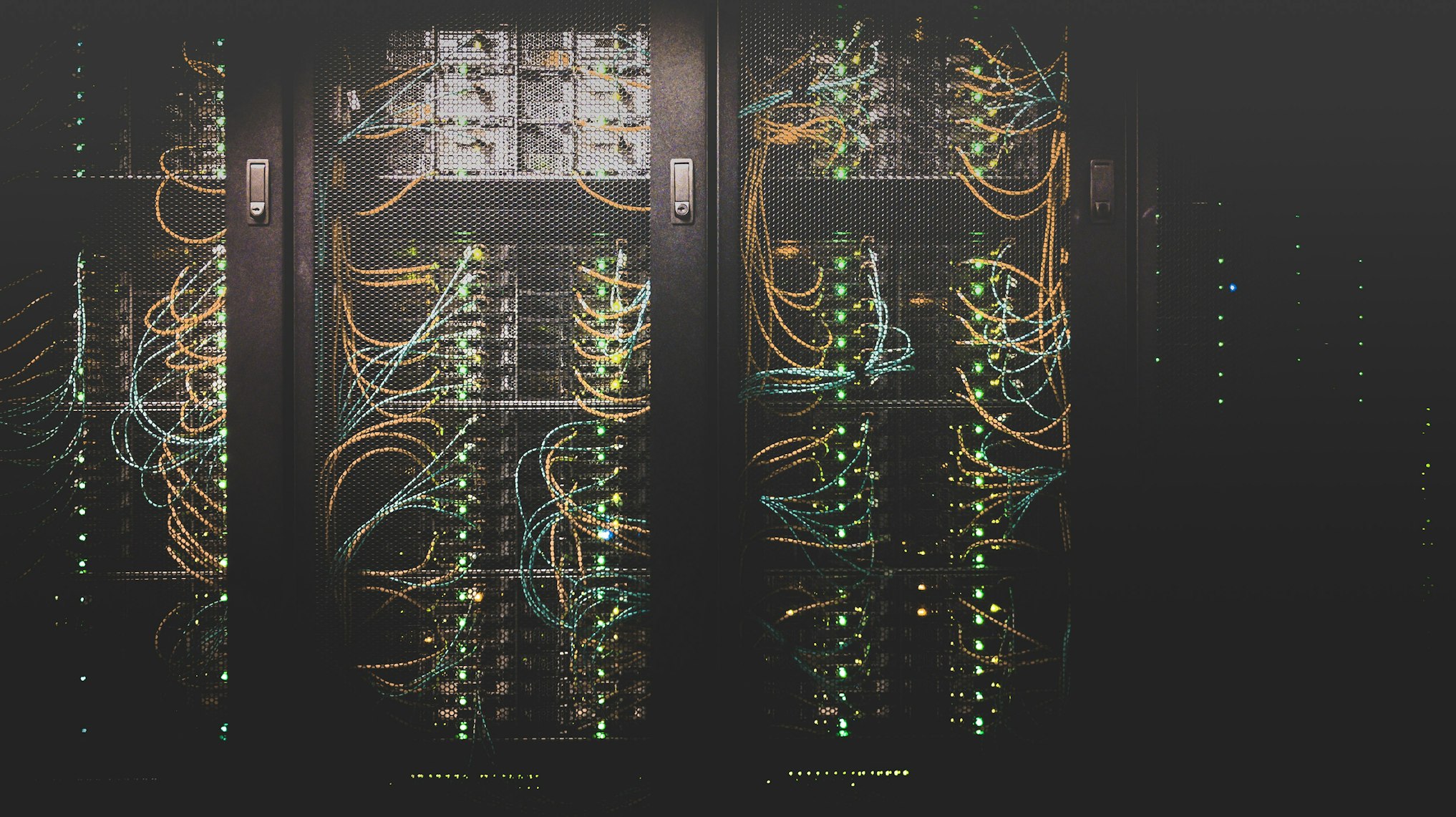Understanding Cable Quality Standards: A Comprehensive Guide

In the complex world of electrical and communication systems, cable quality is not just a matter of performance but also one of safety and reliability. At Newtek Kabel, we adhere to the most stringent international standards to ensure our products deliver consistent quality and performance. This comprehensive guide explains the key standards that define cable quality and why they are crucial for your applications.
Why Cable Quality Standards Matter
Quality standards in the cable industry serve multiple critical purposes. First and foremost, they ensure safety by preventing electrical hazards, fires, and other potentially dangerous situations. They also guarantee performance consistency, interoperability between systems, and longevity of installations. Without established standards, the reliability of electrical and communication systems would be significantly compromised.
For end-users, adherence to these standards translates into reduced maintenance costs, fewer system failures, and peace of mind knowing that their installations meet recognized safety criteria. For manufacturers like Newtek Kabel, these standards provide a framework for rigorous testing, quality control, and continuous improvement.

Key International Standards Organizations
The cable industry is governed by several international standards bodies that develop, publish, and maintain specifications for cable manufacturing and testing:
International Electrotechnical Commission (IEC)
The IEC is the world's leading organization for the preparation and publication of international standards for electrical, electronic, and related technologies. IEC standards cover a wide range of cable specifications, including construction, performance requirements, and testing methods.
International Organization for Standardization (ISO)
ISO develops and publishes international standards across almost all industries, including specific standards related to cable management systems, quality assurance processes, and environmental considerations in manufacturing.
Underwriters Laboratories (UL)
UL is a global safety certification company that tests and certifies products for safety. UL standards for cables are particularly important in North America and cover aspects like flame resistance, electrical properties, and environmental impact.
European Committee for Electrotechnical Standardization (CENELEC)
CENELEC is responsible for standardization in the electrotechnical engineering field within Europe. Their standards ensure that cables sold in the European market meet specific safety, performance, and construction requirements.

Critical Cable Standards by Application
Power Cable Standards
Power cables must adhere to standards regarding insulation thickness, conductor size, voltage ratings, and current-carrying capacity. Key standards include:
- IEC 60502: Specifies construction, dimensions, and test requirements for power cables with rated voltages from 1 kV up to 30 kV.
- UL 44: Covers thermosetting-insulated wires and cables rated up to 600V.
- IEC 60331: Tests for fire resistance of power cables, ensuring they can maintain circuit integrity during a fire.
Communication Cable Standards
Data and communication cables have their own set of standards focusing on transmission performance, electromagnetic compatibility, and crosstalk:
- TIA/EIA-568: Commercial Building Telecommunications Cabling Standard, which defines cable types, distances, connectors, and performance specifications.
- ISO/IEC 11801: Information technology - Generic cabling for customer premises, similar to TIA/EIA-568 but with global scope.
- IEC 61156: Multicore and symmetrical pair/quad cables for digital communications, covering construction and performance requirements.
Fire Safety Standards
Fire safety is a critical aspect of cable quality, with various standards addressing flame propagation, smoke emission, and toxicity:
- IEC 60332: Tests on electric and optical fiber cables under fire conditions, focusing on vertical flame spread.
- IEC 61034: Measurement of smoke density from cables burning under defined conditions.
- EN 50575: European standard for power, control, and communication cables - Reaction to fire requirements.
- UL 1685: Standard for Vertical-Tray Fire-Propagation and Smoke-Release Test for Electrical and Optical-Fiber Cables.

The Testing Process at Newtek Kabel
At Newtek Kabel, quality is not just a checkbox—it's a comprehensive process ingrained in every step of our manufacturing. Our testing procedures include:
Electrical Testing
- Conductor resistance measurements
- Insulation resistance testing
- High voltage tests
- Capacitance and impedance tests
- Signal propagation and attenuation measurements
Mechanical Testing
- Tensile strength and elongation
- Bending and flexing tests
- Impact resistance
- Abrasion resistance
- Crush and compression testing
Environmental Testing
- Temperature cycling
- Water immersion tests
- UV resistance
- Chemical resistance
- Accelerated aging tests
Fire Performance Testing
- Flame spread tests
- Smoke density measurements
- Toxicity analysis
- Circuit integrity during fire
- Heat release tests

How to Verify Cable Compliance
When purchasing cables for your project, here are key ways to verify that they meet the required quality standards:
- Check for markings: Quality cables should have clear markings indicating the applicable standards, manufacturer information, and technical specifications.
- Request certificates: Reputable manufacturers like Newtek Kabel can provide certificates of compliance and test reports for their products.
- Look for third-party certifications: Certifications from organizations like UL, ETL, or VDE provide additional assurance of quality and compliance.
- Review technical data sheets: These documents should clearly state which standards the cable meets and provide detailed performance specifications.
- Consult with experts: When in doubt, consult with cable specialists who can help identify the appropriate standards for your specific application.
The Cost of Non-Compliance
Using cables that don't meet quality standards can lead to serious consequences:
- Safety hazards including fire risks and electrical shocks
- System failures and data loss in communication networks
- Regulatory penalties and liability issues
- Increased maintenance costs and shorter system lifespan
- Voided warranties on connected equipment
Conclusion
Quality standards aren't just bureaucratic requirements—they're essential safeguards that ensure safety, performance, and reliability in cable installations. At Newtek Kabel, our commitment to meeting and exceeding these standards reflects our dedication to providing products that our customers can trust completely.
Whether you're working on a small residential project or a large industrial installation, choosing cables that meet the relevant quality standards is an investment in safety, performance, and peace of mind. Our team of experts is always available to help you identify the right cables for your specific needs and ensure full compliance with all applicable standards.
For more information about our quality assurance processes or to discuss your specific requirements, contact our quality assurance team or browse our product catalog.


